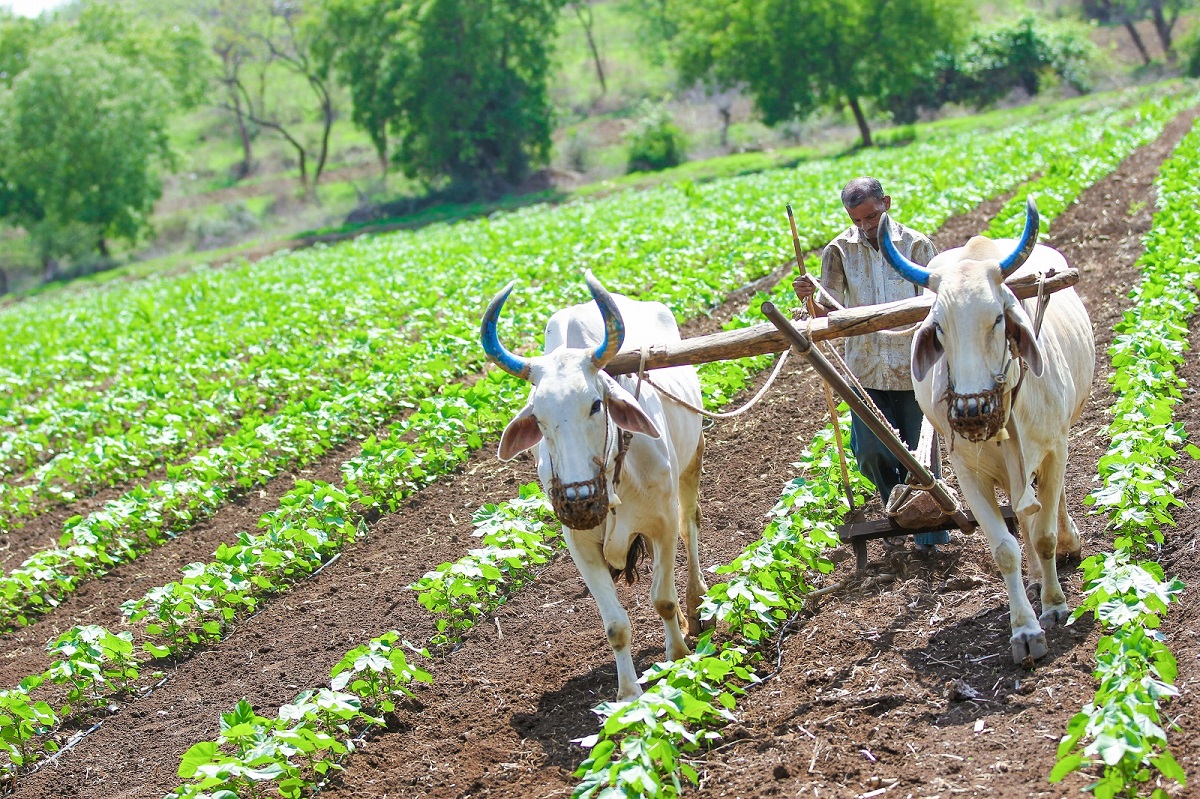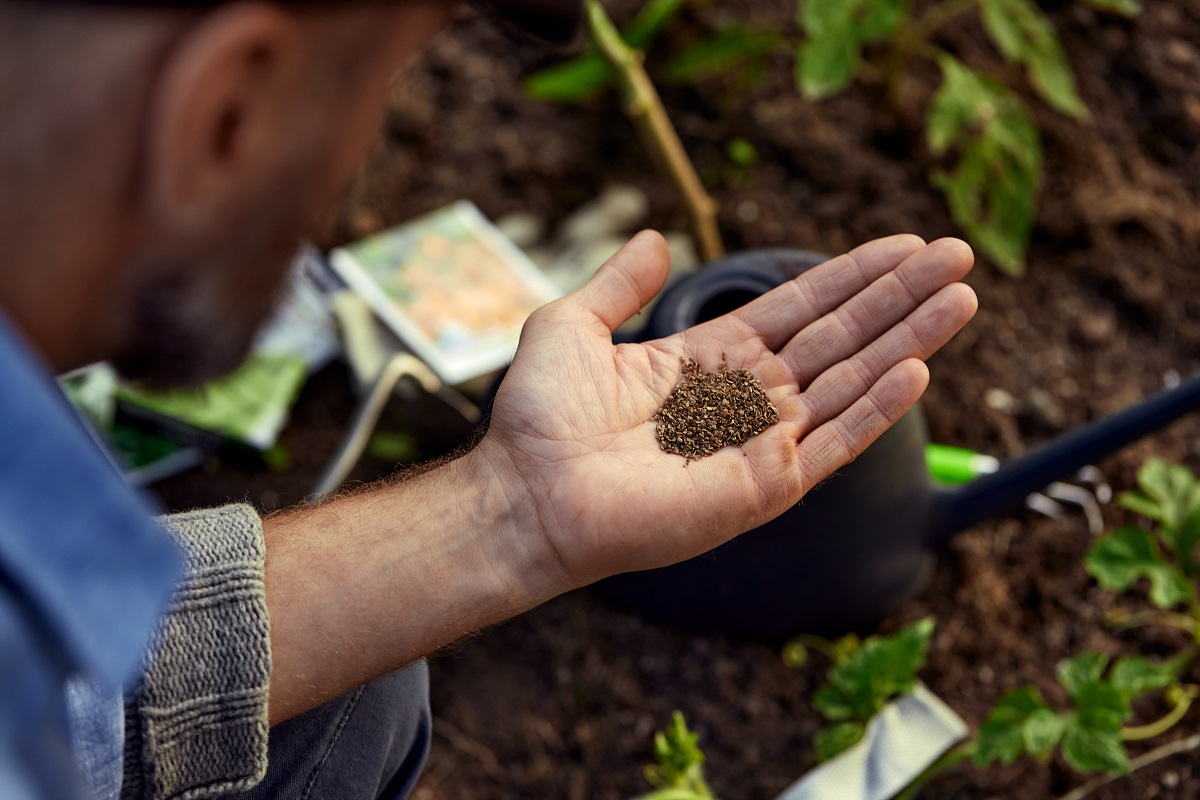
Pesticides 101: A Guide to Safe and Effective Pest Management
Introduction
Pesticides play a critical role in agriculture by protecting crops from harmful pests and diseases. However, using them responsibly and safely is vital to avoid harmful side effects on human health, animals, and the ecosystem. This blog will dive into types of pesticides, their safe usage, and eco-friendly alternatives for effective pest control.
Understanding Different Types of Pesticides
- Insecticides, Fungicides, Herbicides: What they do and when to use them.
- Synthetic vs. Natural Pesticides: Pros and Cons.
Safe Pesticide Usage and Handling
- Reading Labels and Following Instructions
- Personal Protective Equipment (PPE) and Safety Gear
Pesticide Application Techniques
- Spot vs. Broadcast Application: Choosing the best method.
- Best practices to prevent drift and minimize environmental impact.
Minimizing Residue and Maximizing Effectiveness
- Understanding the Pre-Harvest Interval (PHI) and Re-entry Interval (REI)
- Proper Storage and Disposal of Pesticides
Eco-friendly Alternatives and Integrated Pest Management (IPM)
- Biological Pest Control: Using natural predators and beneficial insects.
- Cultural and Mechanical Control: Crop rotation, mulching, and trapping.
Conclusion
Responsible pesticide use is essential for effective and sustainable pest management. By following these best practices, farmers and gardeners can protect their crops while minimizing potential risks to health and the environment.


